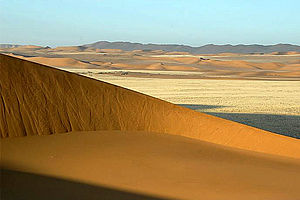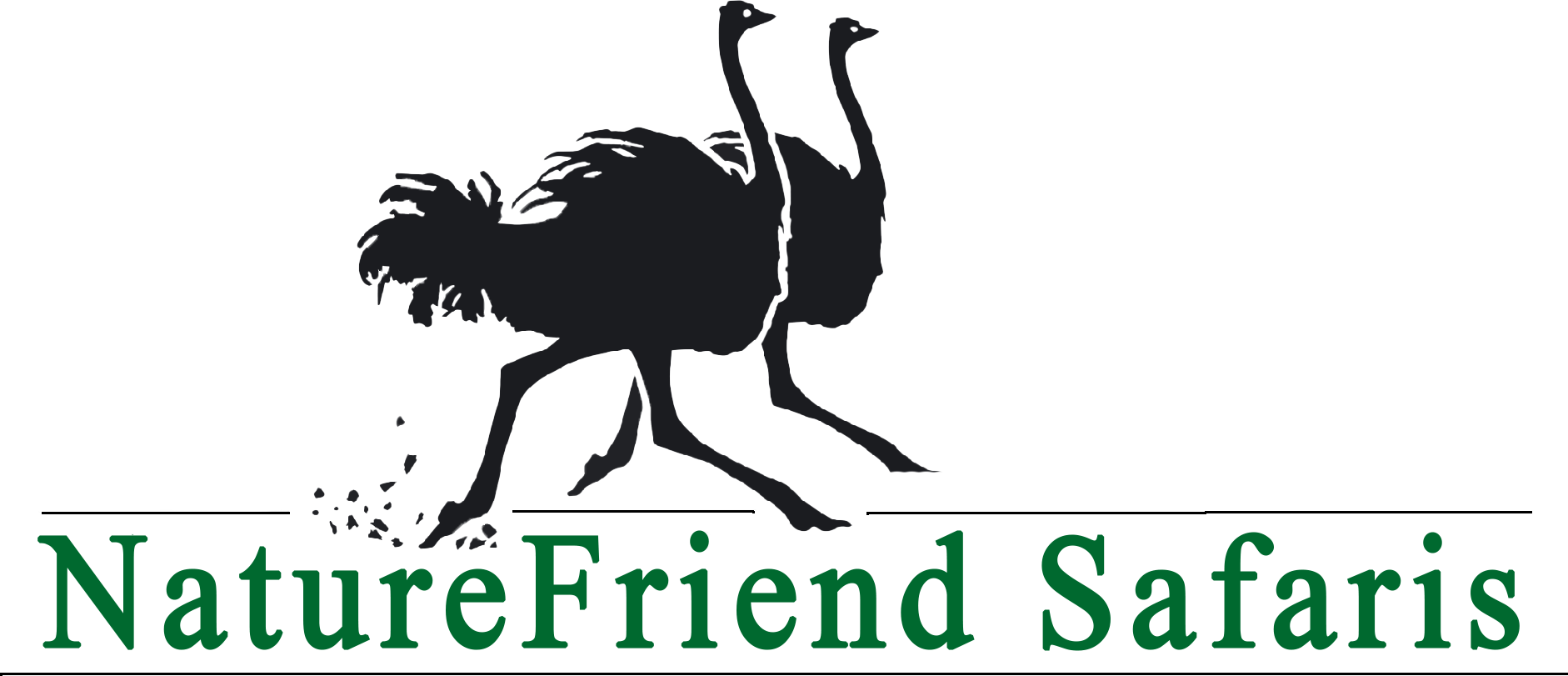‘The Desert is both fascinating and terrifyingIt is the great, lonely void,
And humans instinctively dread being brought face-to-face with themselves.
For you, the Desert is not a setting,It is a state of soul.
The Desert turns you inward.’ (from the writings of a Tibetan Monk)
Deserts are very special places. They embrace all continents – the Equator, the Poles, and the open sea. They can be hot or cold, on the highest mountain peaks and nearly 400 metres below sea level at the Dead Sea, where the salinity is seven times that of the oceans. At least 10 discernible deserts are named in the New World and 27 are recognized in the Old World. Add to this the frozen realms of the Arctic and Antarctic Circles, because their minimal precipitation qualifies them as arid regions. Names like Death Valley, Baja, Mojave, Arabian, Gobi, Kalahari, Namib and Sahara conjure up visions of barren isolation. If the oceans cover 71% of the Earth’s surface, then deserts vie for second place, with 61 million square kilometres or 35% of the land surface classified as ‘desert’. Definition of a desert is not as simplistic as it sounds. The Latin ‘desertus’ means abandoned, while the English dictionary describes it as ‘an uninhabited, desolate, uncultivated, barren treeless and waterless region’. This is misleading because deserts are, in parts, inhabited, cultivated, and not necessarily without trees and water. It took years of debate between climatologists, geologists, geographers and biologists to produce an acceptable definition. Thus, a desert is recognized as a geographical area where life processes are regulated by infrequent, isolated and unpredictable inputs of water.
Our Cradle of Civilization arose in the aridity of the Middle East, between the confluence of two rivers, the Tigris and Euphrates. Three great religions, Judaism, Christianity and Islam were founded in this region, all possessing the characteristic of worshipping one God only. The barren wildernesses of the Earth inspire poets, artists, writers, scientists, philosophers and the military. The brilliance of generals such as Germany’s Rommel (‘the Desert Fox’) and Britain’s Montgomery of El Alamein was displayed in the Sahara. Later, we entered the nuclear age in the desert of New Mexico. Now our civilizations threaten many deserts’ fragile ecosystems. Eventually, according to biblical prophesy, we may face our demise in the desert at Armageddon where the armed forces of this world will engage in the final, supreme conflict of nations.
Absence of moisture means that desert surfaces receive more than twice the amount of the Sun’s radiation (achieving a temperature of 580C in the Sahara) than do humid regions. Similarly, deserts lose twice as much heat at night, sometimes dropping to minus 180C. Most deserts are located around 300 latitude in both hemispheres – a result of global air circulations, which form vast cells of descending, dry, hot air in these regions. Moreover, especially in the southern hemisphere, Antarctic currents sweep northwards along the western sides of continents, giving rise to the relatively cool, coastal Atacaman, Peruvian and Namib deserts. By comparison, continental inland deserts of Asia and Australia are far from the sea, thereby greatly reducing the possibility of moisture reaching them. South America’s Andes, North America’s Rocky Mountains and India’s Himalayas craft the third type of desert. They create ‘rain shadow barriers’ that harvest the rain-bearing winds blowing in from the ocean, leaving dry air in their wake. Even the North and South Poles cannot escape the freezing dehydration and are known as ice deserts. Closer to home, Namibia’s 5 000 square kilometres Etosha Pan is classified as ‘saline desert with dwarf shrub savanna fringe’.
Far from being lifeless, deserts harbour some extreme adaptations. Recently described by science, an ancient creosote bush found in North America’s Mojave Desert may represent the oldest form of plant life at 11 000 years (6 000 years older than the Great Pyramid of Cheops in the Sahara). Arizona’s giant saguaro cactus contradicts the popular notion of a lack of water in the desert. Weighing 9 tonnes, with a height of 15 metres, its fleshy stem contains 75% to 95% moisture. What’s more, its longevity and prolific nature produces 40 million seeds in 200 years. Nevertheless, the desert decrees that only one of these will reach full maturity every two centuries, a prime example of population control. The world’s fastest land animal, the cheetah, courses across Old World deserts at 110 kilometres an hour. The speediest rodent in existence, the Mara or Patagonian ‘hare’ is a swift sprinter. Resembling, but not a true hare, it has long, rabbit-like ears and is capable of reaching 45 kilometres an hour (about the same speed as the fastest human). What about the Namib Wheel Spider’s hasty escape? When danger threatens, this eight-legged wonder forms a wheel, using its legs as spokes. The 330 angle of a dune’s slope, enables it to revolve 20 times (or one metre) per second to send it hurtling down the slipface. When it comes to outstanding resilience to dryness, few animals can match the Australian desert frog, which remains in a dormant torpor for five years. Who can equal the animal that survives the smallest geographic range known for any vertebrate? The Mojave Desert pupfish triumphs by having a geographic distribution of only 20 square metres. And Namibia’s desert-adapted elephants (that slide down sand dunes), its rhinos (that chomp and relish the deadly-to-humans milkweed Euphorbia virosa) and its beach-combing desert lions (that hunt fur seals), create a kaleidoscope of desert life which is unique on our planet.
The Arabic word ‘sahra’ means wilderness, referring to the Sahara. It is the biggest desert, being more than seven million square kilometres in area and covering 25% of Africa. It cannot compete with the Namib however, which is 50 times smaller in size. The Namib’s success story as the desert with the most diverse life forms comes with the fog banks that drift off the cold Benguela Current. Yet most deserts are under threat from human activities. Let us remember the words of a person who loved the desert and was inspired by it. He said ‘First came the forests, then came civilization, then came the deserts…’
Text by Dr. Hu Berry
Published in “Flamingo”, January 2007

